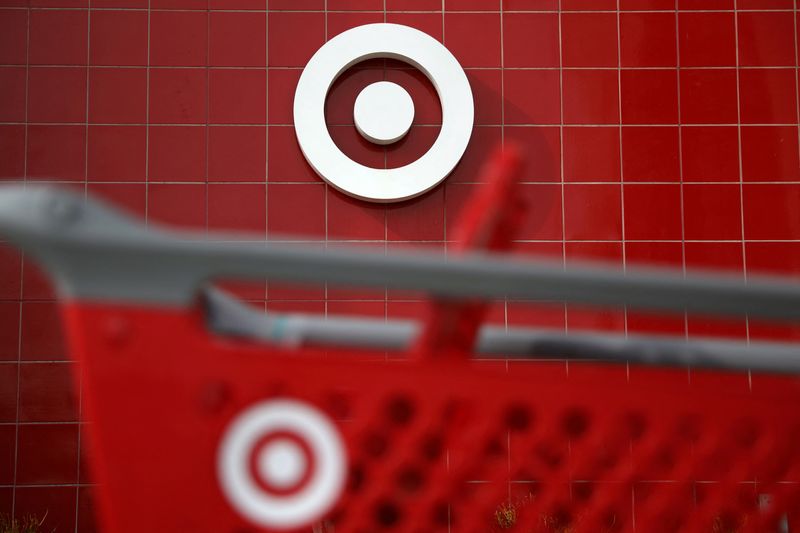By Savyata Mishra
(Reuters) - Target's price cuts on groceries are finally paying off.
The Minneapolis-based company has returned to comparable sales growth after several sluggish quarters as shoppers who visited the big box retailer's stores for its discounted food and daily household items ended up browsing through other aisles as well.
"Yes, (customers are) budget conscious. And yes, they're hunting for deals and everyday value. But they're also willing to shop when they find that right combination of fashion and newness at the right price," Target Chief Operating Officer Rick Gomez told analysts on a post-earnings call on Wednesday.
Target's sales in the grocery aisles have typically made up a much smaller part of its sales mix than rival Walmart (NYSE:WMT)'s, with apparel, electronics and home goods taking up more shelf space - a combination that has hurt sales over the last two years as inflation-weary consumers reined in discretionary spending.
In an attempt to win over more price-sensitive shoppers, Target cut prices on over 5,000 popular items this year, including on bread, soda, paper towels, and pet food. It also launched a private-label basics line called "dealworthy" with nearly 400 items such as iPhone chargers and toiletries below $10.
The strategy makes sense. Rivals including Walmart, Costco (NASDAQ:COST) and Amazon.com (NASDAQ:AMZN) have all said shoppers are hunting for bargains.
"It's sort of an age-old strategy: you don't make a profit on the essentials, milk, eggs and bread, but you use low prices on those essentials to get people into the store and then hopefully they end up buying some of the higher-margin items," said Blake Droesch, an analyst with Emarketer.
Higher foot traffic was the best way to drive incremental sales through impulse buying, he said.
Target shares closed 11% higher on Wednesday, a sharp contrast to three months ago, when the stock tumbled 8% after the company posted disappointing first-quarter earnings.
Apparel sales also reversed from several quarters of declines to rise 3% in the second quarter, led by demand for Target's private-label "All In Motion" and "Wild Fable" lines. Beauty was another standout segment, with sales growing 9%.
The retailer has more than 45 private labels, which generate more than $30 billion in sales each year. Target has been expanding its own brands after its "cheap chic" strategy of offering trendy, affordable designer home goods and clothing failed to bring in loyal customers.

On Wednesday, Target's executives touted new launches of toys including its own brand, Gigglescape, and demand for Target-themed plush bullseye dogs and Target-branded Fisher-Price Little People.
But Morningstar analyst Erin Lash said she was skeptical how long the benefits would hold "given Target's undifferentiated product assortment and lack of a clear cost advantage relative to other discount retailers."